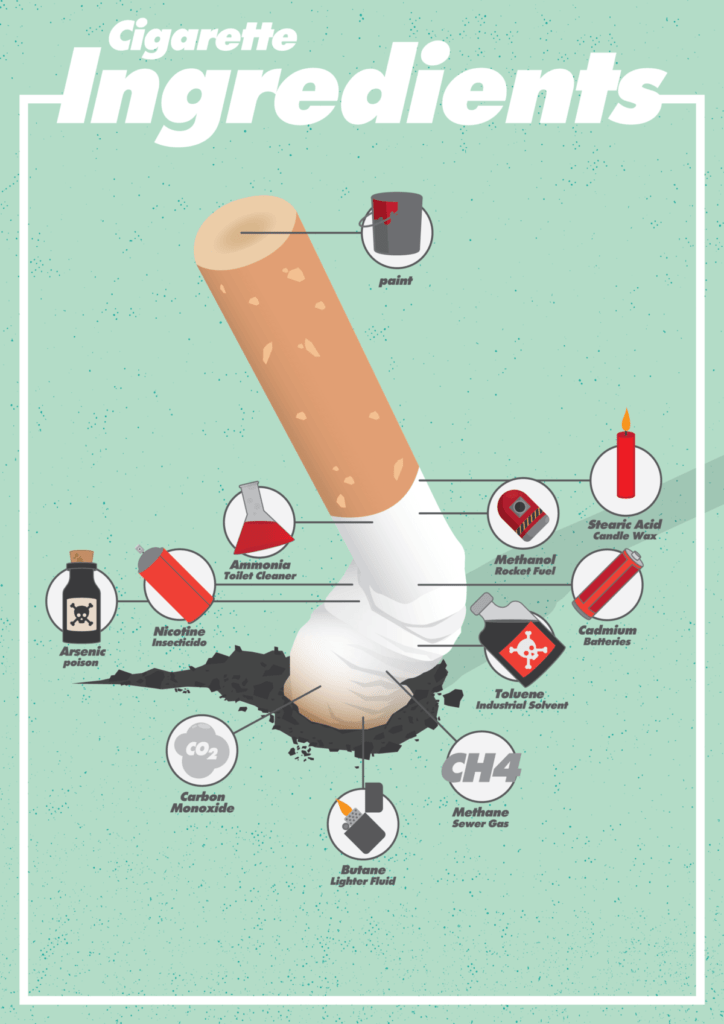Tobacco use is life-threatening. This is definitely not news. You’ve probably encountered countless cases of irreversible lung damage, cardiovascular diseases and various types of cancers in organs such as bladder, cervix, colon and rectum, larynx, liver, esophagus, kidney and ureter, pancreas, larynx, stomach, trachea, and bronchus. In fact, the harmful effects of smoking are so multi-faceted it’ll take us quite some time to discuss them all. But the point has been made—one cheap stick has expensive consequences.
Among the risks of massive tobacco abuse lie the detriments of nicotine to your tonsils. Though not as well-known compared to respiratory diseases, smoking has equally adverse effects to the first barriers of the oral cavity.
Your tonsils work round-the-clock. These lymphoid tissues are located at the side of your throat, the back of your tongue while the adenoids are located found high up your throat, behind the nose. Tonsils help prevent germs and other microbes from entering the body through your oral cavity and nose. They also contain an abundant number of white blood cells responsible for killing bacteria.
What’s inside the stick?
Cigarettes contain around 7,000 chemicals—the majority of which are highly poisonous while over 60 are known to be carcinogenic. Among these deadly substances is the infamous nicotine, a colorless yet highly noxious compound responsible for smoking’s highly addictive properties. Take a look at this long yet partial list of what goes inside a small stick of cigarette:
- Toluene – used as an industrial solvent
- Carbon Monoxide – interferes with blood vessels
- Arsenic – commonly found inside insecticides
- Ammonia – known for its use in cleaning products and pesticides
- Hexamine – triggers asthma attacks, coughing and chest tightness
- Methane – fatal gas that hampers breathing
- Methanol – used as rocket fuel
- Butane – prolonged butane exposure affects the cardiovascular and central nervous system
- Hydrogen Cyanide – highly poisonous and volatile compound
The first victims
Where does one puff the cigarette smoke? You guessed it right. Of course, smokers use their mouths to satisfy their cravings fully. And as one of the initial barriers of the body and oral cavity, your tonsils are the first ones to take a beating. Smoking inhibits normal salivary flow which leaves you with a dry mouth. In turn, the lack of saliva encourages bacterial growth.
Tobacco also decreases the mucosal immunity responsible for regulating inflammatory cells. As well, the harmful chemicals present inside one cigarette stick profoundly affect the oral microflora, encouraging the presence of bacteria putting your gum and dental health in jeopardy. Studies made in 2010 to 2011 already concluded how smoking aggravates the tonsils. Cases of abscess-filled tonsils and recurring tonsillitis are reported along with risks of post-tonsillectomy bleeding. To add fuel to the fire, your smoking also weakens your immune system making you susceptible to infections.
Dental and gum health
Before bacteria hijack your tonsils, they first take refuge in your swollen gums and plaque-filled teeth. Smoking reduces the blood flow in your mouth while hampering the production of saliva. When this happens, your oral cavity becomes a breeding ground of microorganisms, most of which are detrimental for your teeth and gums. Cuts, ulcers, and scratches take longer to recover. This is also why recovery from dental procedures takes longer compared to non-smokers.
In a more worrying note, smoking leads to inflamed gums and the loss of bone and tissue surrounding your teeth. When this happens, your teeth eventually loosen and become more prone to tooth decay. Tooth extractions might be needed to prevent complications.
Before picking up your next stick, think about your hardworking tonsils. They might be equipped in handling bacteria and germs, but they don’t stand a chance against toxic and lethal chemicals present in tobacco.


